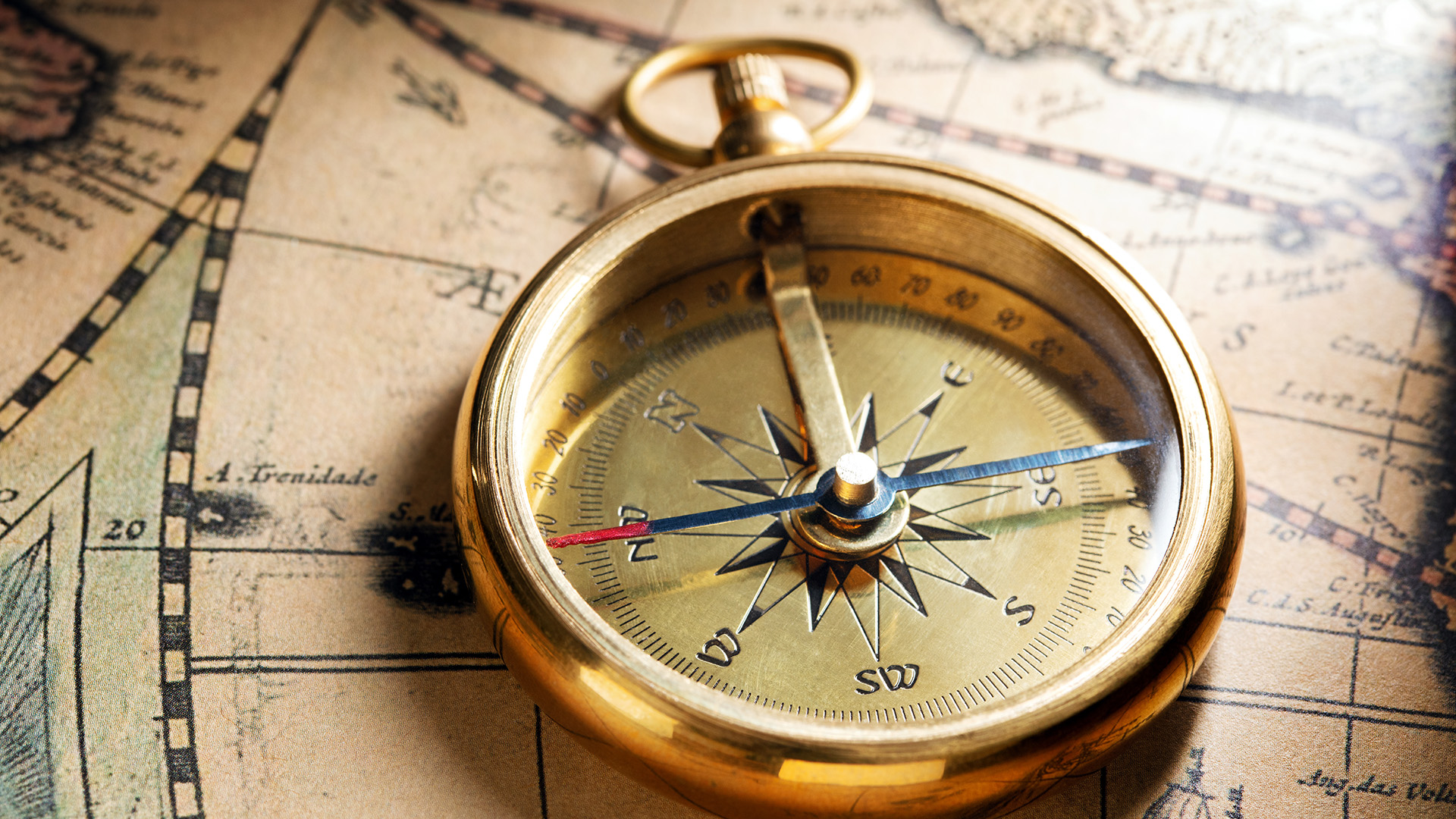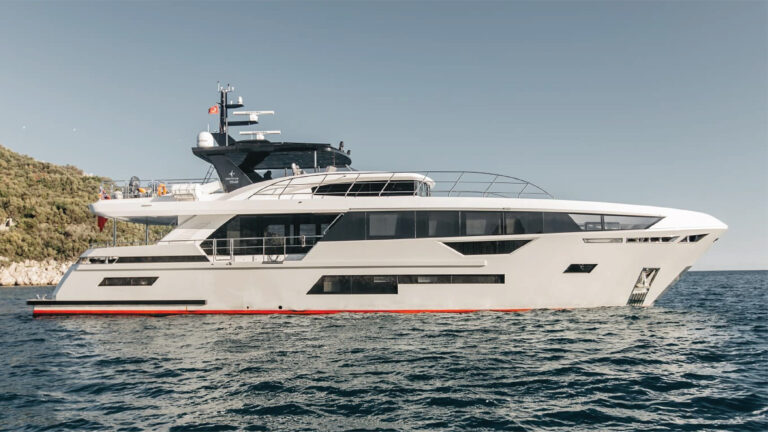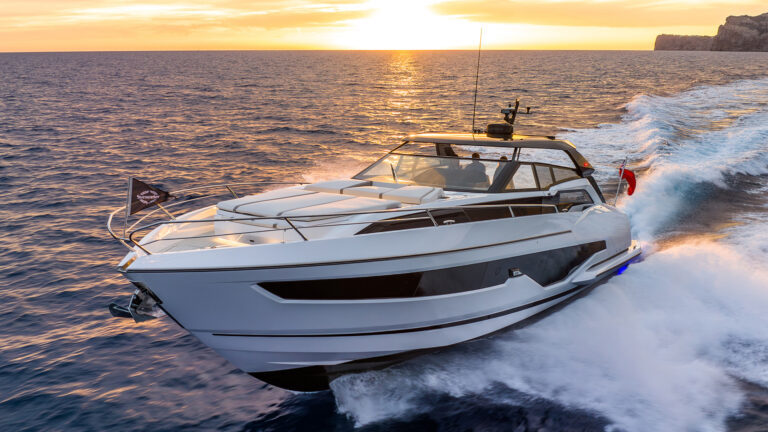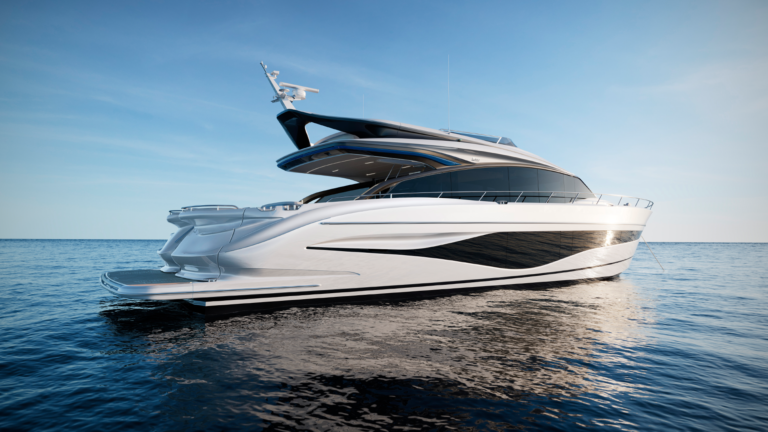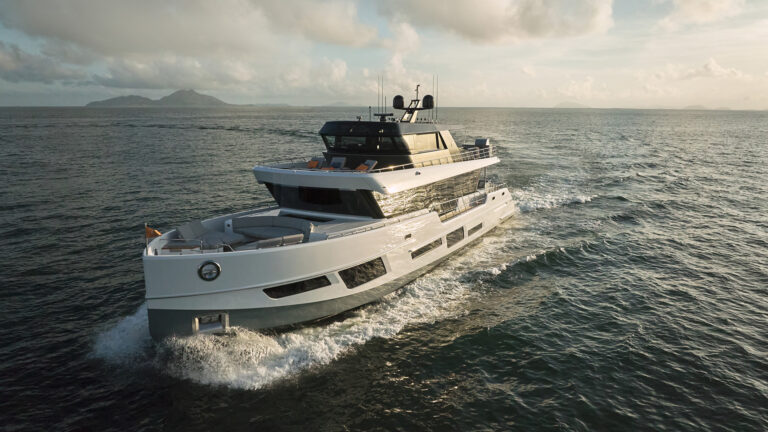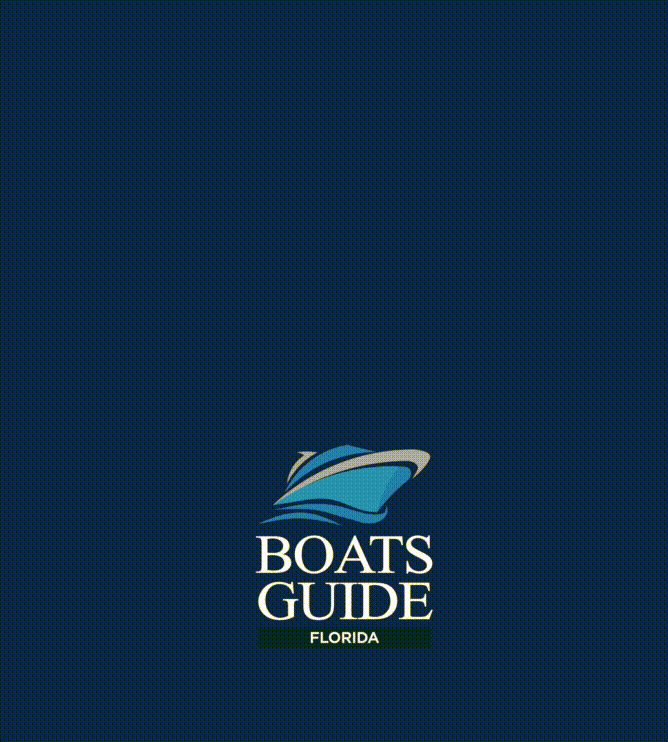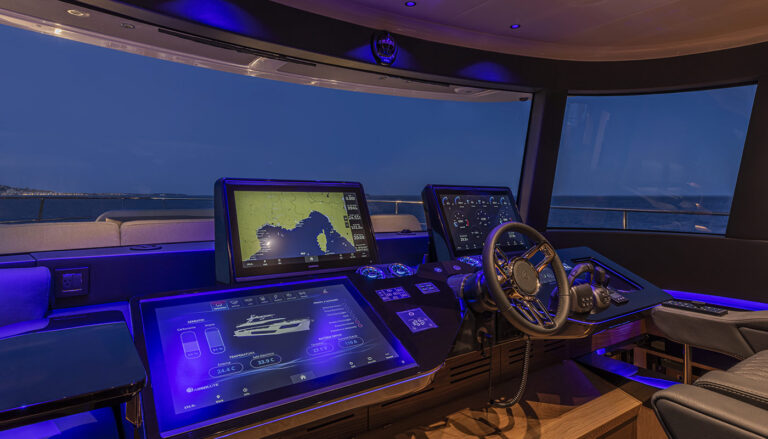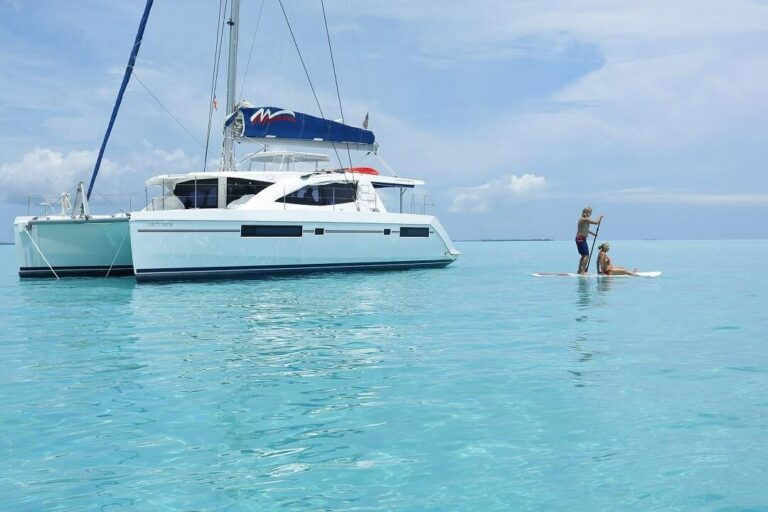A nautical chart is an essential tool for any navigator. It provides vital information about water characteristics, hazards, depths, and general navigation. But reading a nautical chart requires understanding symbols, abbreviations, and terms used. This article explains how to read a nautical chart, the meanings behind symbols and abbreviations, and some tips for using the chart effectively.
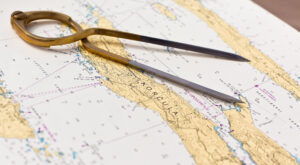
A nautical chart is a two-dimensional representation of a specific area of water. To read a nautical chart, it is necessary to understand the scale, warnings, and symbology. The scale indicates the relationship between the distance on the chart and the real distance. The warnings describe the symbols and abbreviations used on the chart, while the symbology means the specific information displayed on the chart. It should be noted that the paper nautical chart is very similar to the digital chart in terms of data and symbology used. However, the digital chart, being interactive, allows for zooming in and out, loads more information, records previous routes for reuse, and other technological tools that make the digital nautical chart an indispensable companion.
MEANING OF SYMBOLS AND ABBREVIATIONS ON THE NAUTICAL CHART
There are several symbols and abbreviations commonly used on nautical charts. Some examples include:
Depth:
Depth areas are represented by contour lines and are measured in meters or feet, depending on the metric system in which the chart was purchased.
Hazards:
Hazards are shown with specific symbols, such as rocks, reefs, and buoys.
Lighthouses and lights:
Lighthouses and lighted buoys are indicated with specific symbols and identified by their color and flashing frequency.
Channels and waterways:
Waterways and channels are represented by lines and are identified by their width and depth with the buoys that define the width of the channel on both sides.
Restricted areas:
They are shown with specific symbols and identified by their restrictions and regulations.
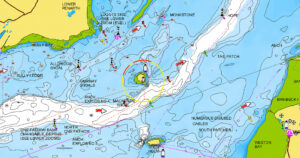
These are just some examples of symbols and abbreviations on a nautical chart. It is essential to review the warnings at the bottom of the chart to obtain a complete description of the meaning of specific symbols and abbreviations used on the chart.
UNDERSTANDING THE MEANING OF BUOYS
Navigating can be a challenge even for the most experienced boaters. There are many factors to consider, such as weather conditions, water depth, and underwater obstacles. One of the most critical tools for safe navigation is using buoys that help identify conditions that cannot be seen with the naked eye.
A buoy is a floating device used as an aid to navigation. Buoys are often made of durable steel or plastic, anchored to the bottom with a chain or cable. Buoys can be found in various shapes, sizes, and colors, and each type of buoy has a specific meaning that helps sailors identify a hazard or indication.
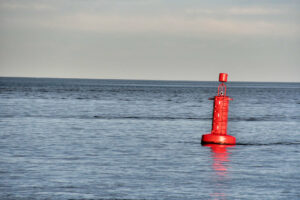
Types of Buoys
Several different types of buoys can be found on the water. Each type of buoy is designed to provide a specific kind of information to boaters.
Channel Markers:
Channel markers are used to indicate the safe path through a navigational channel. They are usually found in pairs, with red and green markers. The red marker is placed on the right side of the channel when entering from open water, while the green marker is placed on the left side. When returning from the opposite direction, the colors are reversed.
Hazard Markers:
Hazard markers are used to indicate a dangerous area in the water, such as rocks or shoals. These markers are usually black and have a symbol or letter indicating the type of danger.
Mooring Buoys:
Mooring buoys are used to secure boats on the water. They are typically white and can be found in marinas, anchorages, and other designated mooring areas.
Information Buoys:
Information buoys are used to provide boaters with information about the navigational channel. They may include information on local regulations, speed limits, and other important information.
Buoys are an essential tool for safe navigation. Understanding the meaning of buoys and how to use them is vital for boaters of all skill levels. By paying attention to the color and shape of buoys, using channel markers for navigation, avoiding hazard markers, and using mooring buoys to secure the boat, you can navigate safely and confidently on the water.
TIPS FOR USING A NAUTICAL CHART
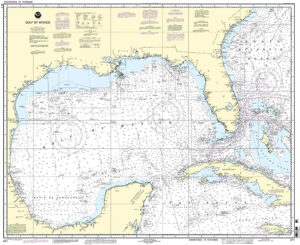
Carefully review the chart before setting sail and plan your route considering the zones you will cross that may represent a hazard to navigation: sandbanks, rocks, reefs, shallow depths, etc. Navigate those zones at low speed and pay special attention. Before setting sail, also review the tide table.
Crossing the most dangerous areas of the route with high tide is always convenient. Check the direction of the wind and currents. Remember that these external factors produce leeway and drift, inevitably taking you off course. Use the wind direction: The wind direction is shown on the chart and can help you plan the safest and most effective route. In addition to the nautical chart, a GPS will allow you to confirm that you are navigating safely and effectively.

